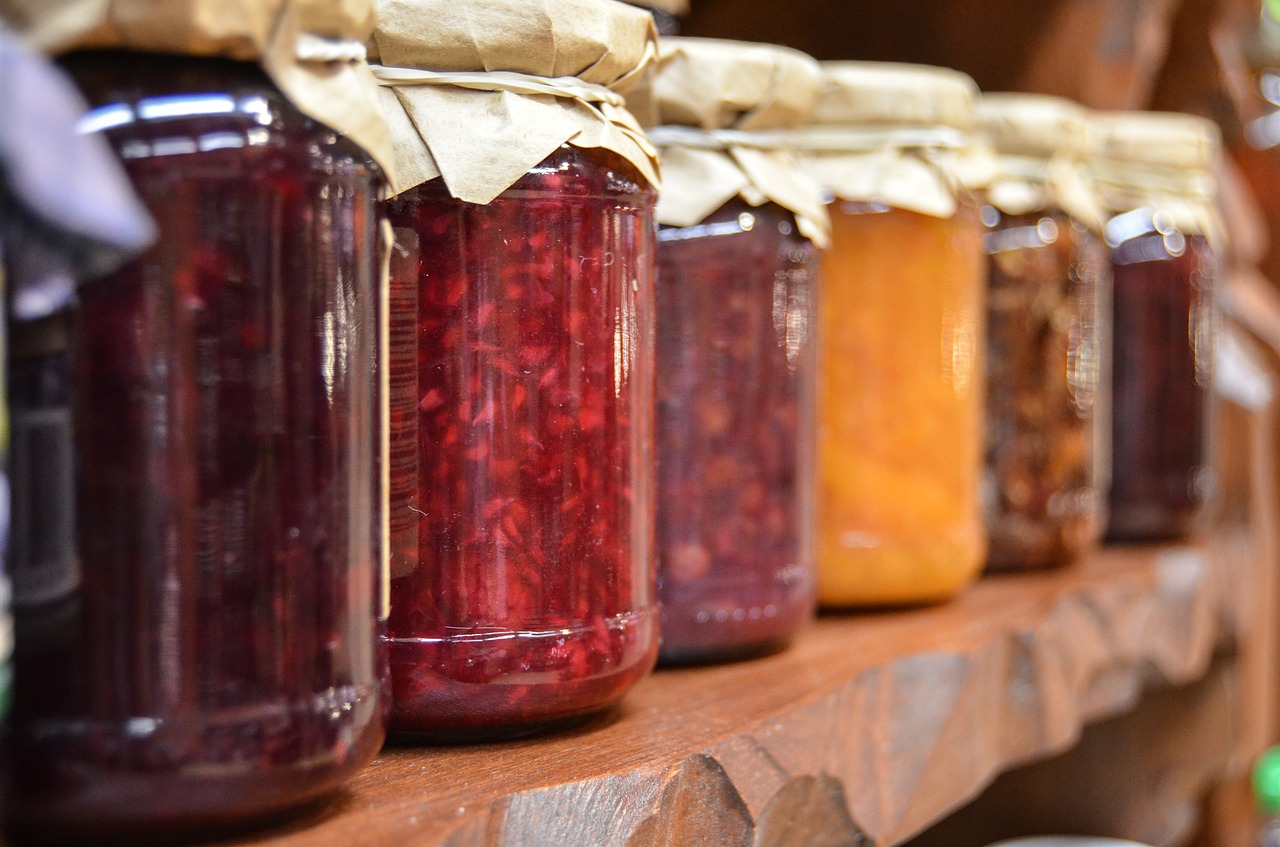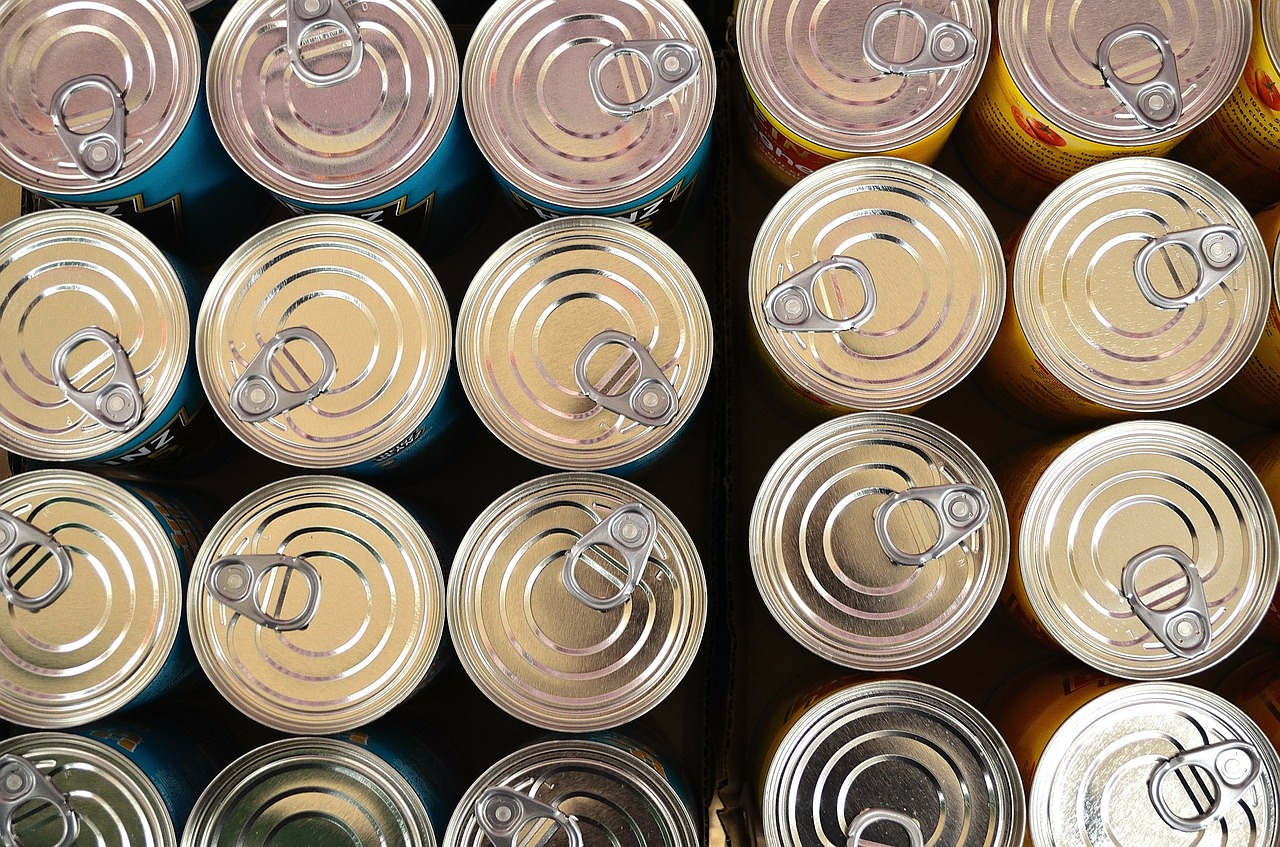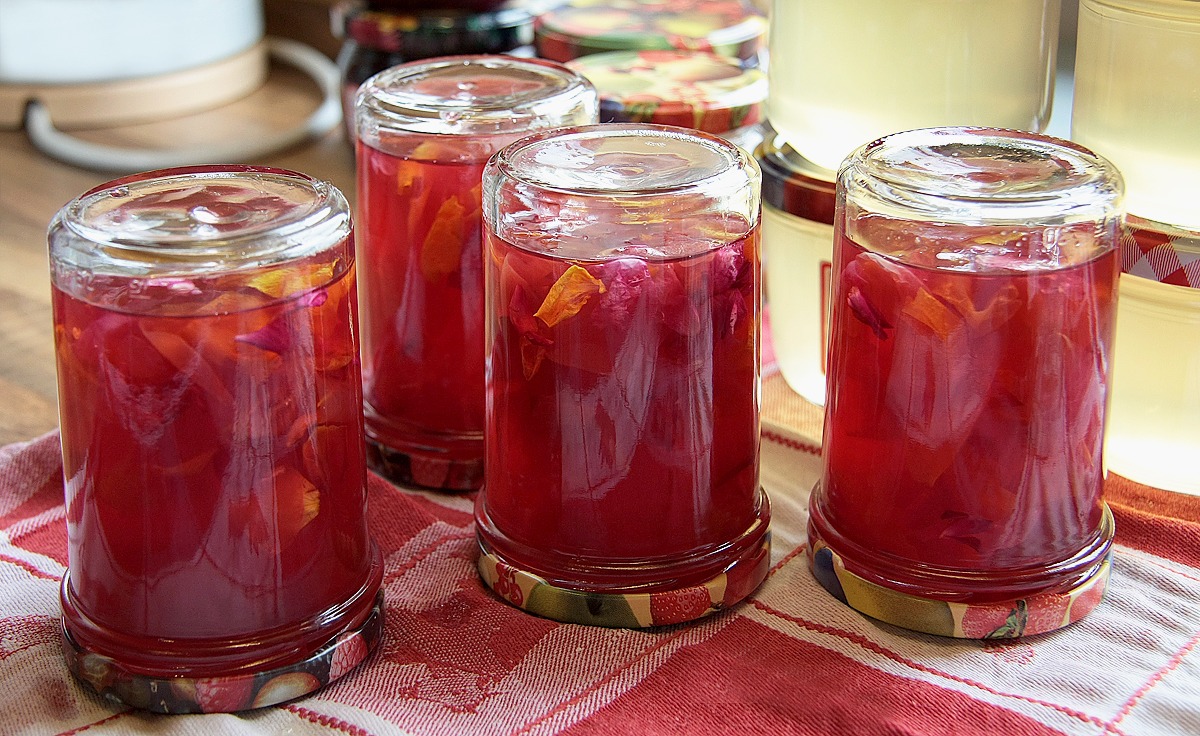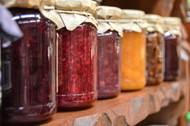Commercial and Home Canning Food Preservation Ingredients
By on Sep 4th 2018
Before it became a convenience factor, food preservation was a matter of survival. Just like the history of beef jerky, it was imperative that early civilizations found ways to keep food during winter times, food shortages, or traveling. Without artificial preservatives, people were subject to whatever preservation methods were feasible: sometimes that meant freezing meat in the ice while other times it meant air drying their foods in the sun. Other early methods, such as fermentation and curing, are still used today, as well.

While canning isn’t the oldest method of food preservation, it remains a popular method of food storage both commercially and at home.
The practice of canning first began in the early 19 th century after the Napoleonic Wars influenced the need for large-scale methods of food preservation. A French confectioner and brewer-turned-inventor named Nicolas Appert discovered that food could be preserved in airtight glass jars.
Commercially, much of the canning process shifted to tin cans. And despite some ups and downs in its history, canning was an affordable way to preserve meats, fruits, and vegetables for shipment and storage. Other canned products, such as condensed milk, enabled growing urban populations to purchase milk without fear of it spoiling—or being cost-prohibitive.
Canning Ingredients
Canning works by preserving processed (cooked) food in sterilized, airtight cans or jars. Canned foods have an expected shelf life typically ranging from one to five years, depending on the foods and circumstances.
Different foods all have varying degrees of natural protection against spoilage. Strawberries, for example, require no additional preservatives and only need a short boiling cycle for sterilization. Carrots and meats, on the other hand, require longer boiling times, additional acidic elements, and high-pressure canning.
When it comes to canning, these are some typical ingredients that can—or should—be used to improve food preservation recipes.

Salt
Much like with traditional seasoning, salt is typically added to food to help enhance flavor. Salt isn’t necessary for all canned food, including tomatoes, vegetables, and meats, but some canned products require it. For example, not only does salt provide a characteristic flavor for brining pickles, it is also a vital preservative for safety. Salt actually favors the growth of certain bacteria while inhibiting the growth of other forms.
MortonTFC Purex Salt is food grade, granulated sodium chloride without additional additives. It can be used as brine for canning and jarring vegetables, sauerkraut, and other fermentation recipes.
While other salts can be used for canning, not all of them are safe to use. Additionally, some salts can affect the appearance. Table salt is safe for canning, however anticaking additives may produce sediment at the bottom of the jar. Canning or pickling salt is the best choice this type of food preservation. Kosher salt, sea salt, and rock salt should be avoided when canning.
Sugar
Canning recipes may call for a sweetener for flavor or for preservation. When it comes to jams and jellies, sugar also aids in the gelling process.
Extra finegranular sugar can be utilized in food preservation.

Acidulants
Acids are important to the preservation process, whether they’re naturally occurring or added to the foods.
Citric acid, a white crystalline powder, can be used to acidify foods, such as canned tomatoes, in place of lemon juice. Additionally, citric acid can be used to preserve the color of fresh fruit.
Color Enhancers
Preserving the appearance of canned food can be just as important as preserving the flavor. Sure, your jar of pears may be perfectly fine, but if the fruit has turned brow and unattractive, realistically, no one is going to want them.
Ascorbicacid, better known as vitamin C, is an antioxidant that can prevent fruit from darkening. FDA-approved food colorants are also sometimes used to enhance the color and appearance of canned goods. FD&CRed No.40, for example, can be used to enhance the color of canned cherry pie filling.
Sources:
https://extension.psu.edu/lets-preserve-ingredients-used-in-home-food-preservation






